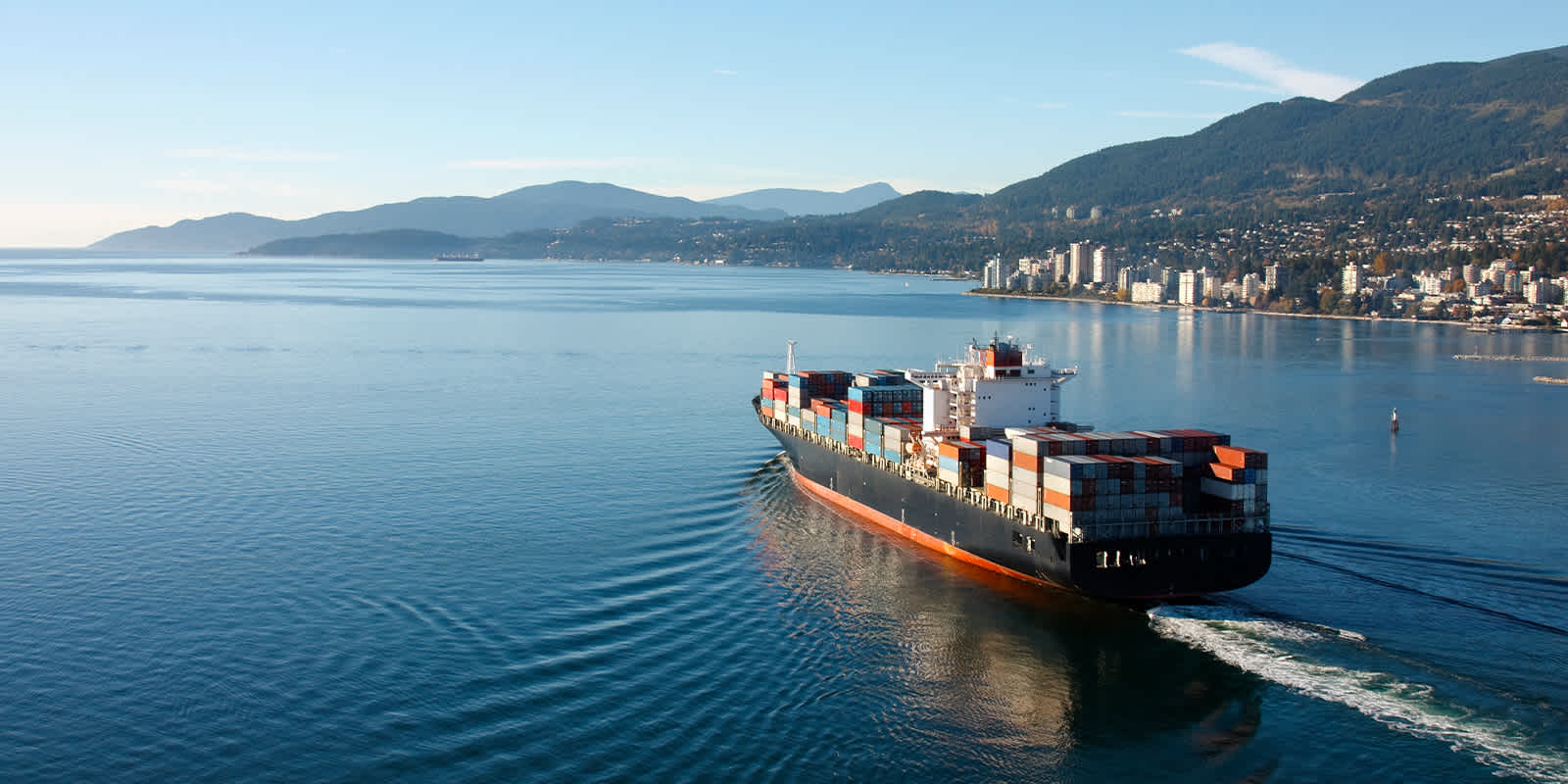
June 18, 2020
Trade Lane Turmoil: Navigating COVID-19’s Artificial Peaks, Blank Sailings, and Rolled Cargo
Trade Lane Turmoil: Navigating COVID-19’s Artificial Peaks, Blank Sailings, and Rolled Cargo
The COVID-19 pandemic has hit the economy in various and chaotic ways, with some industries thriving, some shutting down, and others figuring things out week-to-week. The unpredictability of these outcomes is also playing out on the ocean freight market.
Poor Economic Outlook, Reduced Capacity
The economic impact of COVID-19 in early 2020 left most shippers uncertain what—and when—they would be shipping. In general, the outlook was weak. And, in response, carriers set about systematically reducing capacity in the market for June and July in an effort to balance supply with expected demand.
While blank sailings have become a regular part of shipping on the Transpacific Eastbound (TPEB) trade lane, the length and breadth of blank sailings in 2020 surprasses those enacted in 2019. Since April, in any given week, total capacity has been reduced 15-25%—and sometimes more on specific gateways.
High Demand for (Some) Products, But Capacity Is Still Tight
COVID-19 and shelter-in-place policies have not hit all industries equally in the US. While many are struggling to survive or just starting to rebound, others are surging. For example, retail companies are restocking inventory after ~18% increase in sales in May. The industries that are doing well include expected items like personal protection equipment (PPE) products (which dominate otherwise-restricted air capacity), but also other goods such as bikes, cookware, and home construction materials. Meanwhile, ecommerce saw huge demand spikes through April and May, which required new inventory, fast.
And although demand is strong, it's not 100% full-capacity strong. The reason: There is still a drop in overall volume in the market and it’s unclear how long the current surge will last. As a result, carriers are being conservative thus far and keeping to blank sailings as planned. Some ad-hoc services are being reintroduced, but most of these ships are collecting rolled containers from overbookings.
With the rough start to 2020, carriers have taken a hit on the TPEB, and they are in no rush to add capacity back into the market.
Higher Rates
For June, spot rates are surging, upwards of $800 to $1000 on TPEB. General rate increases (GRIs) are holding in the market for longer periods of time than previous months. And, rates are not fluctuating as often as they were back in Q1 and Q4 2019, when demand was more sporadic. These high rates will continue in the market until the demand/capacity curve is crossed.
While debate continues regarding how long rates will stay at these levels, nobody is really sure. Much will depend on the economy. Most believe that the current peak is artificial and will be over soon. Carriers have already announced blank sailings through August, expecting that the demand for space will not continue at today’s rates.
Keeping Cargo Moving
To ensure cargo is not delayed or sidelined, be sure to follow these recommended best practices:
- Book ahead of time, preferably 21 days prior to cargo-ready date (CRD).
- Communicate the urgency or non-urgency of your shipments.
- Consider trying to move non-operating reefers (NORs) to save money. NORs are limited to equipment availability and primarily available to coastal ports, but can come with cost savings.
- When the timeline isn’t urgent, look for alternate routes. Depending on the location of your distribution warehouse, less-common routes, different gateways, or slower services with more space availability can offer potential savings.
- Be cautious of the cheapest available option in the market and read the fine print. When costs are rock-bottom, services are sometimes sacrificed.
- Consider premium services. When there’s a need for speed, there are a variety of options that can ensure your cargo is able to get where it needs to go.
- Limit the number of containers per bill of lading. Carriers are less likely to roll one or two containers than eight or ten.
- If a booking is not urgent, inform your service provider that it’s okay to “roll” the shipment at origin, which will delay it by seven days.
- Subscribe to Flexport’s weekly Freight Market Update newsletter to keep tabs on capacity, pricing, and other trends happening across the major trade lanes.
To learn more, join next week’s webinar, Ocean Shipping: Navigating Current Turmoil In The Transpacific Market.



